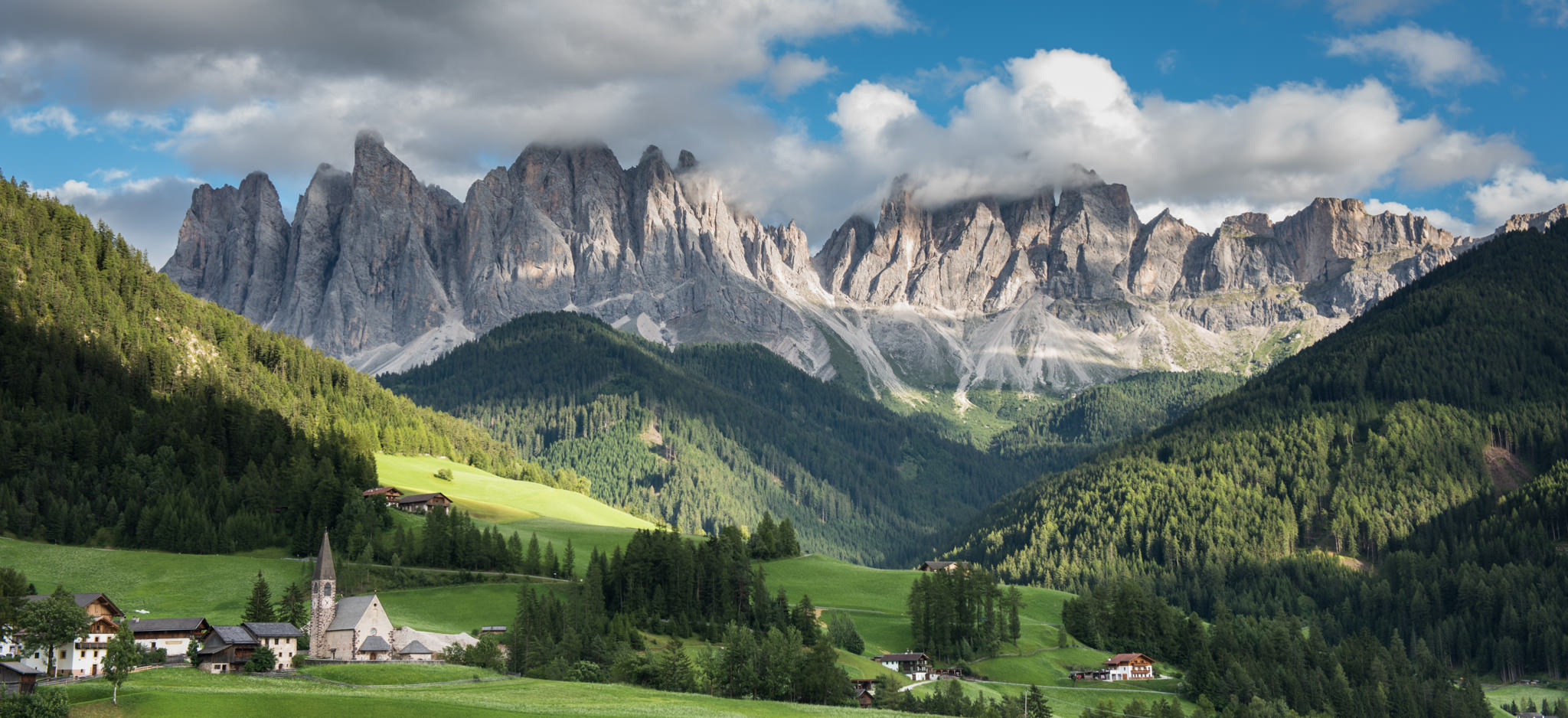 Pembury Partners Travel Diaries: The Italian Alps
Pembury Partners Travel Diaries: The Italian Alps
The Alps are spread over 200,000 square kilometres, stretching across eight countries and towering up to almost 5km high. They are undoubtedly Europe’s best-known mountain range, the Italian portion of which borders France, Austria, Switzerland and Slovenia. In ancient times Hannibal successfully crossed them, using elephants instead of horses, in order to fight the Roman Empire. Much more recently they’re a stunningly beautiful destination for skiing, hiking and general relaxation.
Here at Pembury Partners we’re currently working on a role in the region, and as such we’re taking a well-earned, if merely virtual, break by considering what this most attractive of places has to offer.
When thinking of the Italian Alps it is the ski-chalet lifestyle that straightaway comes to mind. This is, of course, entirely accurate, and beautifully well catered for in the Italian section of the mountain range. Resorts such as Alta Badia, Arabba, Ortiesi and Madonna di Campiglio ably supply excellent skiing combined with the legendary Italian laid-back attitude and, of course, food and wine.
It’s not all about winter sports though. The Italian Alps offer wonderful opportunities for hiking, exploring, cycling, water sports, or simply soaking in some of the world’s best scenery.


The Aosta Valley is bordered by such famous-name mountains as the Matterhorn and Mont Blanc. There are some major ski resorts, including Courmayeur and Cervinia, which is considered to be amongst the most snow-sure in Italy. The riverside villages of Lillianes are a beautiful base in the area, and aside from the sporting potential there are nearby waterfalls, forests, castles and even gold mines.
The region of Lombardy contains not only Lake Como, Milan and Bergamo, but lesser-known gems too. The village of Madesimo, on the Swiss border, is popular with locals and has one of Europe’s top 10 ski runs: Canalone, which dropping around 1000km is not for the faint hearted.
The Dolomites are considered to be a mountain range in their own right, and form the eastern part of the Italian Alps. A UNESCO World Heritage Site, they’re named for the pale-coloured dolomite rock from which they’re formed, which itself derives from 250-million-year-old fossilised coral reefs. The mountains have distinctive rocky peaks and green valleys with serpentine rivers. Understandably popular with skiers, hikers and cyclists, as well as adrenaline-seeking travellers hell-bent on paragliding and base jumping.
An 800m cable car ride from the town of Ortisei, and at a lofty 2000m above sea level, the Alpe di Siusi is the largest high meadow in the Italian Alps. Green in spring and golden in the autumn, with a stunning mountainous backdrop, it’s a rewarding trip. If meadows are your thing, the Val di Funes is also breathtakingly beautiful, despite being much more popular now than in recent years.
Lakes are also in abundance in the Italian Alps. Naturally, Lake Como, mentioned earlier, is somewhat more civilised than many of the rugged lakes nestled amongst the mountains, for example Lago di Braies. Here, the blue-green glacier water and reflections of the surrounding terrain are refreshingly impressive.

Pembury Partners sources and places the pinnacle of household staff all over Italy, Europe and, indeed, the rest of the world.







